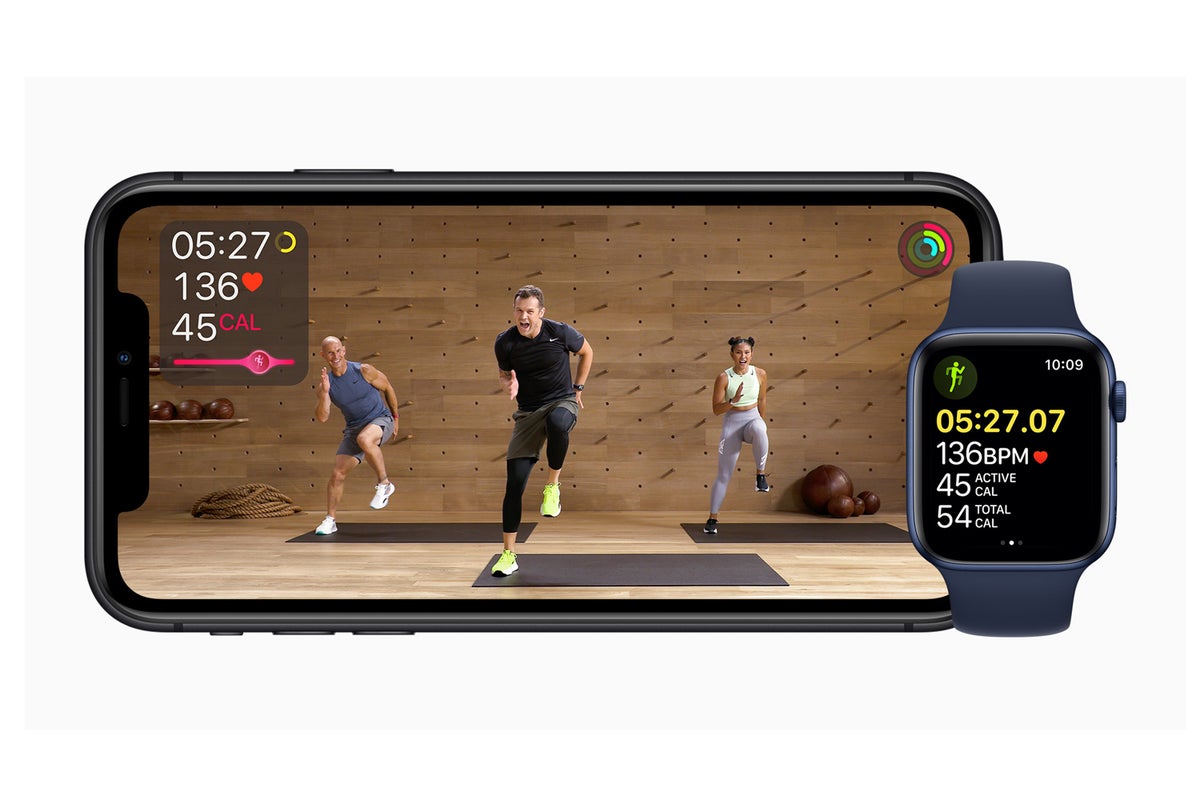By Raj Sareen
Dec. 14th, 2020
The club industry has never seen a more challenging time in its history. Thousands of businesses have permanently closed. Tens of thousands have lost their jobs. And millions of members were forced to look elsewhere for fitness. As states hastily jumped to close gyms during the first surge, without any clear evidence that gyms were spreading COVID, it revealed a painful fact - Fitness is arguably one of the most overlooked and under appreciated benefit to human health. Shutting down the industry, even if it was just temporarily, was a rude awakening that bureaucratic leaders fail to grasp the importance of Fitness, and the industry itself has some more work to do to lobby and educate officials.
Smack in the middle of a second surge, Brick and Mortar Fitness has found a way to survive, albeit with less strict government restrictions. Hybrid models that incorporate fitness at home with traditional fitness are trending. And some brands, like Orange Theory Fitness, have streamlined and pivoted well enough, they are even expanding, even while cases soar. Adjusting and optimizing to the new norm has been a lifeline for so many brands. But COVID laid bare a bigger, deeper problem that the industry has been sweeping under the rug for years. And that problem can be summarized in one short sentence. 80% of the American population, pre-COVID, wasn't a member of any gym or boutique to begin with. Why is that a big deal? Well, its about market penetration. 91% of American’s own a car. 90% of American’s own a smartphone. But the Fitness Industry had become complacent with 20% penetration, often touting YoY growth in fancy annual reports. The industry failed to realize the largest threat of all, the vast majority of the total addressable market was untapped, and is prime for the taking.
Fitness+
Enter Apple. Apple launches Fitness+ today. Just another virtual training/coaching app, right? Wrong. Apple can reach further, faster, and cheaper into a market better than any company in the world. Even Peloton is nervous, while the market still tries to reconcile the news. Who knows better how to grab your attention and keep it better than big tech? There are 1.4 Billion Apple devices in the world. Chances are, Apple is already in your home, connected to your TV, on your wrist, and in your pocket. With Monday's launch, Fitness+ digitally and have global reach instantly and will likely become the single largest fitness company in the world. And at $9.99/mo for up-to 5 family members, they are poised to become the Planet Fitness of digital fitness. Incredible value at a low cost. And it all connects to your Apple Watch, giving you on-screen metrics to keep you on track. As for content, well, Fitness content abounds the internet already. All Apple has to do is borrow from the best. Familiar offerings, like Yoga and HIIT will undoubtedly make for a standard playbook of services that won't impress the experts, but will be enough to stick with the masses. Its all about reach.That 80%? Apple might take a big chunk. Should you be worried? Yes.
The best case scenario for brick and mortars, where Fitness+ is just mildly successful, means more contraction and consolidation in 2021, as some former members forego coming back, and instead double down on fitness at home. To stay ahead of this new threat in 2021, you'll want to focus your business in three areas.
3 steps to remaining competitive in 2021
1. Create an Omni-Channel Experience
It's what my friend Adam Zeitsiff calls the "Hybridization" of fitness. It means making digital a major part of your service and customer experience. You don't have to look far to see how other industries were forced to do the same. That’s how Nordstrom, Walmart, and Target continue to stave off the threat of Amazon. Brick and Mortar allows for face-to-face engagement, which is a thousands times more powerful than any 2D device. Just ask your zoom school'd-kids. The key is keeping a customer engaged after they leave your club, after a percentage stop coming, and after an even smaller percentage cancels. Engagement leads to more retention. Think of how you can add value after they leave your business. There are great platforms that enable this already.
2. Broaden your business model.
Invest in medical weight-loss and health screens. COVID has laid bare how much more deadly underlying conditions can be, should you contract a deadly pathogen. Body scanners, such as Styku, can show people their risks of obesity related disease and how those risks are changing. People can’t body scan themselves at home. Invest in body scanning technology and perform health screens as a service. Sell 3-packs of health screens for $99. Each time they come in for a scan, they’ve essentially paid to be a lead.
3. Invest in technology to build a VIP experience.
There is much better heart rate monitoring technology in our industry already available (e.g. MyZone). Invest in percussive therapy and create a recovery program (e.g. Therabody). Buy strength equipment that measures and remembers you and your preferences (e.g. eGym). And use Body Scanners (e.g. Styku) to not only go beyond the weight scale, but to actually show people how their shape is changing (again, they can't do this at home). People want data and they want automation. Leverage the best commercial tools on the market to build a VIP experience they can’t get at home. Think Concierge Health meets Fitness. Or in other words, Concierge Fitness.
The Club Industry isn’t going away, only businesses that fail to recognize change, fail to challenge the status quo, and fail to adapt, will die. Experiment and invest in the future and you’ll stay competitive. Don’t get stuck in the echo-chamber built by industry pundits peddling their biases against tech, devices, and apps. New trends are already emerging. Look hard enough, and you’ll see them - A new wave of leaders will emerge in 2021. Will you be one of them?
About The Author
Raj is an entrepreneur, scientist, and inventor who currently leads a fast-growing wellness technology start-up Styku. With a BS in Space Sciences, and an MS in Physics, Raj’s career includes stints at NASA, where he spent time working in the shuttle program, the Astrobiology Institute for the Study of Biomarkers, and as a research scientist at the California and Carnegie Planet Search lab, where he spent several years in post-grad researching extrasolar planets around other stars. Today, he finds himself fortunate in building markets for body scanners for lifestyle purposes, such as fitness and health assessment. Raj has been a guest lecturer on several occasions for a technology course at Harvard Business School and is a graduate of the prestigious Techstars Accelerator. A former collegiate rower, Raj enjoys staying active and spending time with his wife, two kids, and dog Skywalker.






